 |
Sigmund Weinberg (1868-1954) was a Romanian Jewish national with Polish roots who was the first film producer, cinema operator, film director in the Ottoman world and owner of the Pathe Cinema in Pera, Constantinople. He showed his first film in Sponeck Beerhall in Pera / Beyoglu. He later opened the Pathe cinema (the local branch of the French Freres concern) hall in nearby Tepebasi area in 1908. This move was later followed by other cinemas with names such as Cine Oriental, Cine Palace. His first Turkish (and the first for that nation and language) was titled Himmet Ağa’nın Izdivaci [The marriage of Master Himmet] was filmed in 1914-16 and shown in 1918, and in 1915 was brought to head the Army Cinema Centre. In 1917 with the declaration of war by Romania, he was expelled from the country. He documented propaganda films for the Ottoman military including the destruction of the Russian monument to its war dead in St Stefano [Yesilköy].
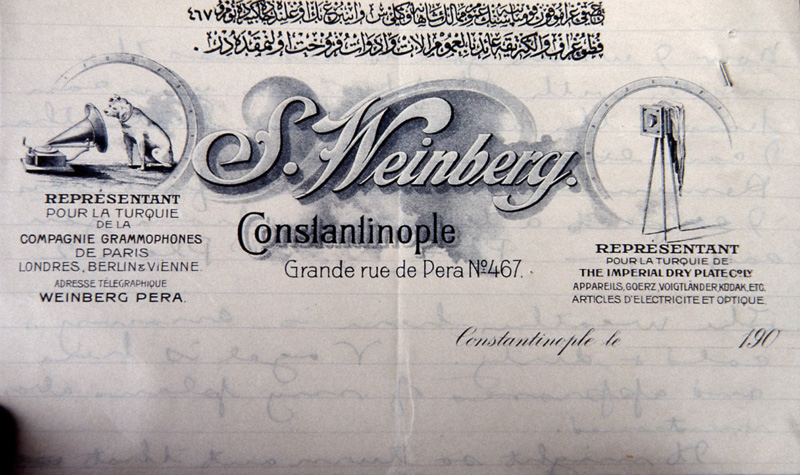 |
Sigmund Weinberg opened his first shop in Constantinople in 1885 selling photographic equipment. He was the first man to bring gramaphone records to Turkey and one of the first to represent an automobil firm. The records of ‘Annuaire Oriental’ trade almanac show that the Weinberg shop (later called Photo Francais) still traded in photographic and film equipment and gramaphone records till 1930.
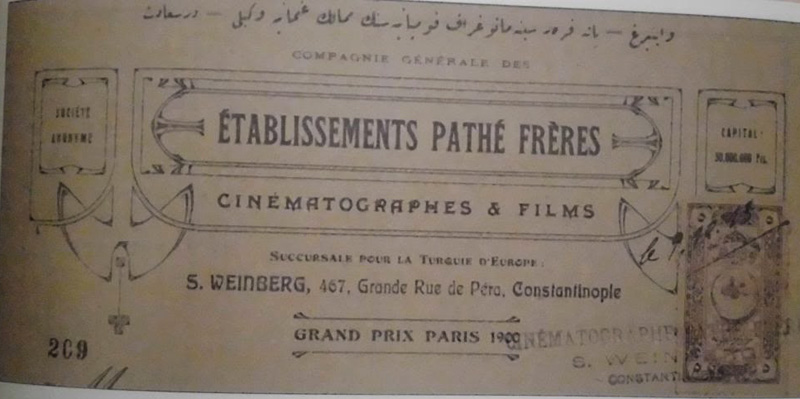 |
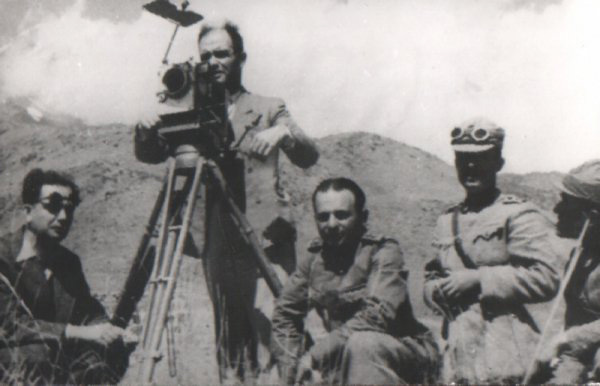 |
S. Weinberg out filming with his crew for the Ottoman army.
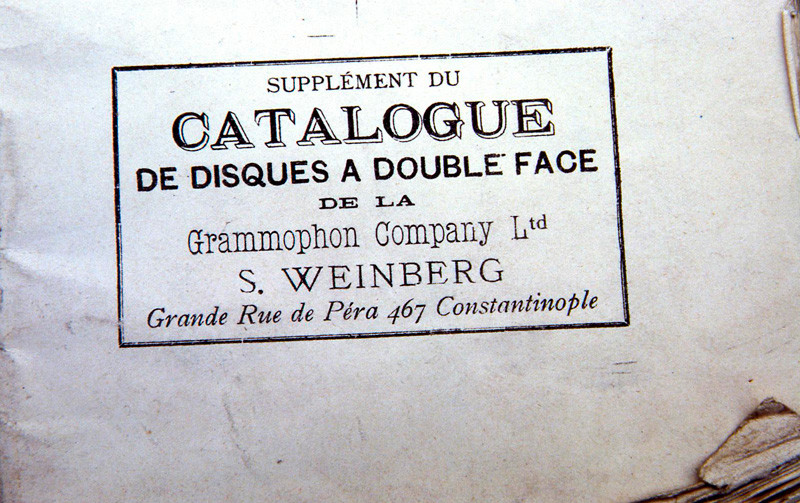 |
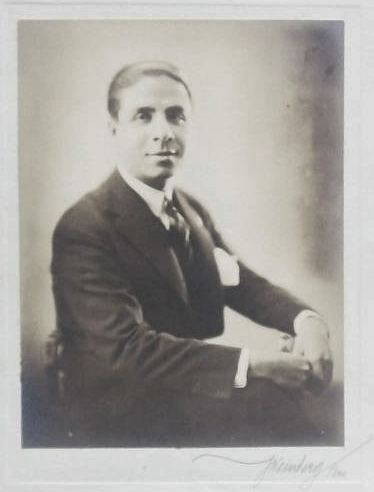 |
Jean Wienberg pictured may or may not be a relation, however he was also a Jew from Romania. J. Weinberg owned the Foto Français studio in the Pera district of Istanbul. In 1926, he hired Austrian photographer Othmar Pferschy as his assistant. Pferschy left him in 1931 to open his own studio. During the Republic Day celebrations in 1929 at Ankara Palace, Weinberg intentionally kicked the tripod of Cemal Işıksel, who had been awarded the distinction of ‘first photojournalist’ in Turkey by Turkish President Mustafa Kemal Atatürk. As a result, Weinberg was banned from taking photographs of Atatürk.
On 11 June 1932 the Turkish parliament passed Act 2007 Concerning Arts and Occupations Reserved for Turkish Citizens in Turkey, which prohibited foreign photographers from working in Turkey. Consequently, both Pferschy and Weinberg made plans to move to Alexandria. In 1932 they went to Alexandria for a few months before returning to Istanbul with the intention of moving their studios to Egypt. Weinberg had a successful career in Egypt, where he is known to have photographed members of the Egyptian royal family at least until 1948. Pferschy was able to secure a permit to work in Turkey as the official photographer at the state public relations department and for the next 5 years took 16,000 photographs of buildings, factories, parks, villagers etc. many published in the officially sanctioned magazine La Turquie Kemaliste. Living in Turkey for 40 years, Othmar Pferschy started modern landscape photography in Turkey and produced some of the best examples of photography that was guided by a sense of responsibility to seeking out and recording only the attractive face of modernization, urbanization, and people’s changing relationship with nature. Through his exceptional technique and understanding of composition, Pferschy taught subsequent documentary photographers how to look at and see a photograph.
On 11 June 1932 the Turkish parliament passed Act 2007 Concerning Arts and Occupations Reserved for Turkish Citizens in Turkey, which prohibited foreign photographers from working in Turkey. Consequently, both Pferschy and Weinberg made plans to move to Alexandria. In 1932 they went to Alexandria for a few months before returning to Istanbul with the intention of moving their studios to Egypt. Weinberg had a successful career in Egypt, where he is known to have photographed members of the Egyptian royal family at least until 1948. Pferschy was able to secure a permit to work in Turkey as the official photographer at the state public relations department and for the next 5 years took 16,000 photographs of buildings, factories, parks, villagers etc. many published in the officially sanctioned magazine La Turquie Kemaliste. Living in Turkey for 40 years, Othmar Pferschy started modern landscape photography in Turkey and produced some of the best examples of photography that was guided by a sense of responsibility to seeking out and recording only the attractive face of modernization, urbanization, and people’s changing relationship with nature. Through his exceptional technique and understanding of composition, Pferschy taught subsequent documentary photographers how to look at and see a photograph.
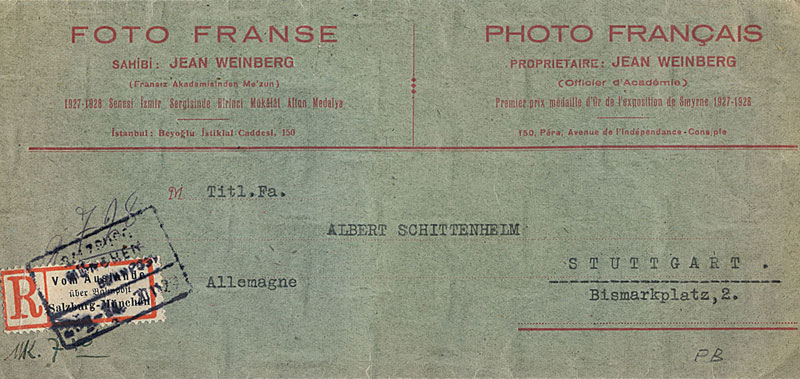 |
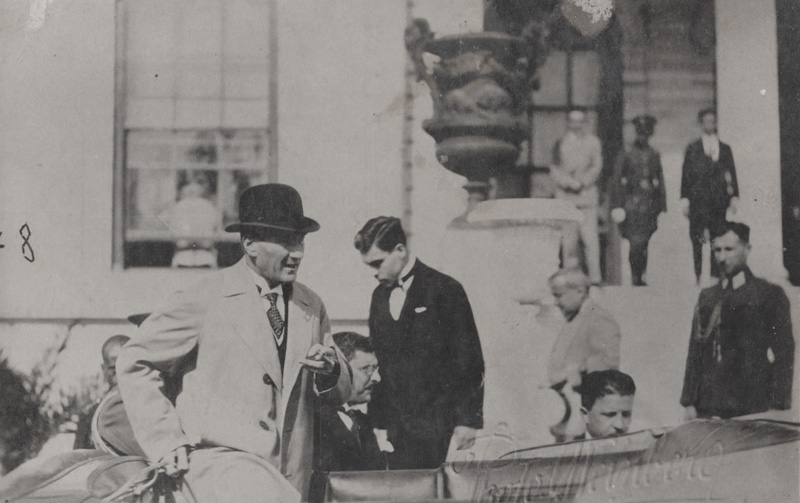 |
A photo of Ataturk taken by Jean Weinberg before his ban.
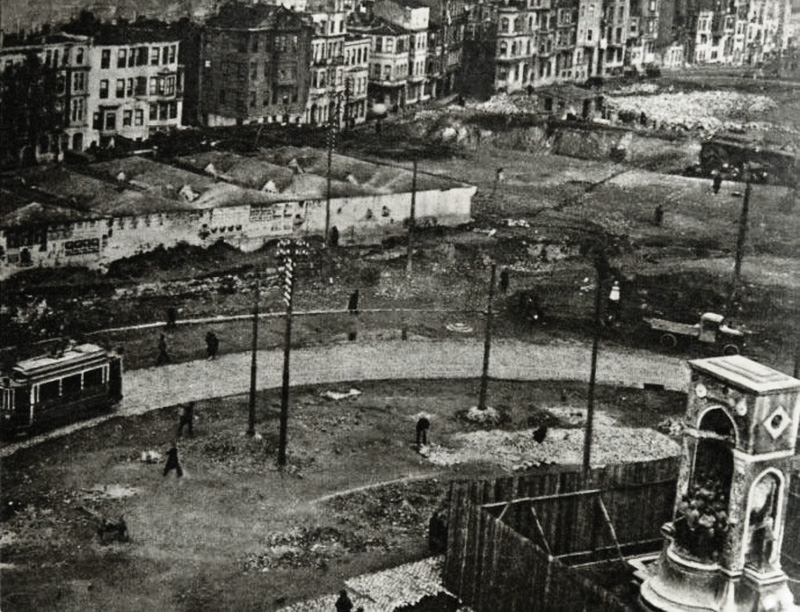 |
An Othmar Pferschy photograph showing the reorganisation of Taksim square in 1940.